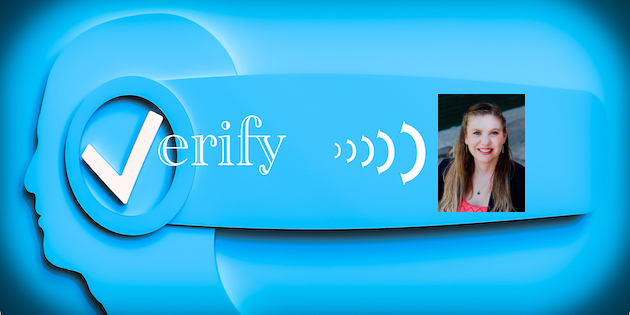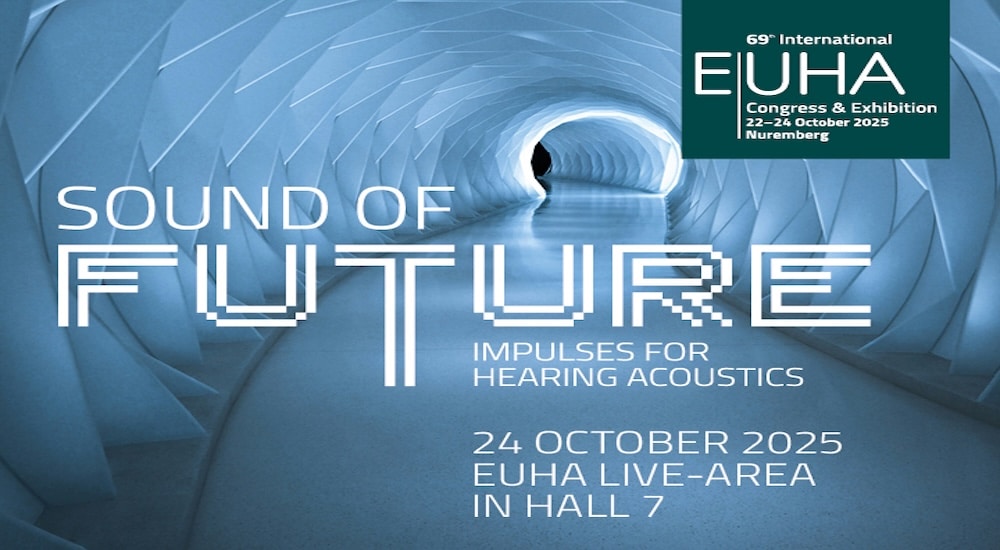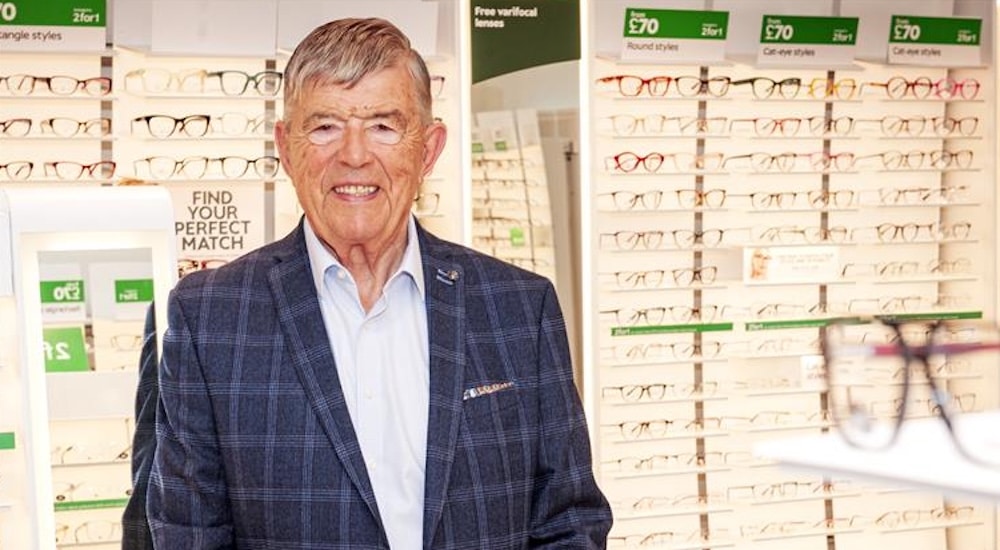The three Vs of hearing aid fitting: Verify Verify Verify (Part 1)
good practice
American Academy of Audiology board member Dr. Lindsey Jorgensen shares practical tips on verification testing around her 2022 Conference Learning Lab.

This year’s American Academy of Audiology Conference kicked off with a packed day of educational offers, among them a string of in-depth, cutting-edge interactive Learning Labs offering hands-on exercises with appropriate clinical practices: among the Labs, a key reminder about verifying hearing aid fittings.
The importance of verifying hearing aid fittings cannot be underestimated, and there is always room in audiology meeting programs for top professionals to remind colleagues of the best ways to check that their technological strategies align with a patient’s requirements.
One of the audiology field leaders shcheduled to present on the first day of the gathering was University of South Dakota’s Dr. Lindsey Jorgensen, AuD, PhD, a director on the AAA Board. Prior to her presentation, this specialist shared a number of practical tips on verification testing with Audiology Worldnews.
AAA delegates attending Learning Labs may have read the synopsis for Dr. Jorgensen’s talk (Trust the Patient, Verify the Hearing Aids), the gist of which provides a cogent introduction for the clinical process reminders across the following pages:
“Verification of hearing aids goes beyond hitting the target and verifying the aided output of the aid. There are many other features and accessories that are within current hearing aid technology (e.g., frequency-lowering, tinnitus management, etc).”
The Learning Lab capsule also underlines the role in verification of “clinician experience, knowledge of acoustics, and patient reports to adjust the aids”.
©catch and release
Dr. LINDSEY JORGENSEN: 7 test tips for verifying hearing aids
DIRECTIONAL MICROPHONES
This test ensures that your patient’s hearing aids really are helping them in noise by amplifying better what is in front of them rather than behind. How many times have we heard that the aids are not working for a patient in noise? This checks to make sure that they really are.
BI-MODAL FITTING
Some of our patients have a cochlear implant on one side and wear a hearing aid on the other. There are considerations for fitting these devices to ensure our patients are able to use both their hearing aid and cochlear implant effectively.
TINNITUS MASKERS
A patient reports that they have tinnitus. We can use a tinnitus masker within a hearing aid. This test ensures that the aids are producing what you think that they are. Additionally, we want to make sure that we are not making the patient’s tinnitus worse!
FREQUENCY LOWERING
If the sounds your patient needs to hear are beyond the ability of the hearing aid, frequency lowering can move that sound into an audible area. However, this test ensures that the aid is lowering it enough for them to hear it – but not too much.
ELECTROACOUSTIC ANALYSIS
Hearing aids are approved by the FDA based on specifications given by the manufacturer. Ensure that your hearing aids are meeting these submitted levels. We want to make sure that the aids are working well prior to fitting them on the patient.
REAL-EAR TO COUPLER DIFFERENCE
In the AAA Learning Lab, we will be investigating how patient ear canal size may impact the fitting. We typically think about this for kids, but it is also important for adults.
s-REM (SIMULATED REAL-EAR MEASUREMENT)
Sometimes we can’t fit our patients on their ear. Using s-REM, we have the opportunity to fit hearing aids in a test box that simulates the patient’s ear and we can ensure audibility without the patient having to sit still for the typical real-ear aided response test.
NOW READ PART 2 OF THIS ARTICLE ON HEARING AID FITTING VERIFICATION.
Source: Audiology Worldnews AAA Conference special magazine Spring 2022






